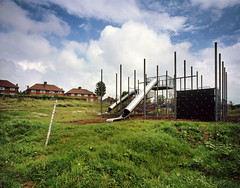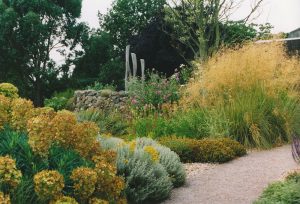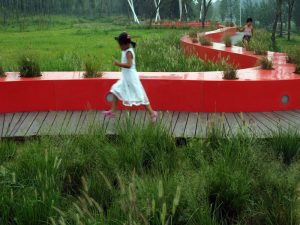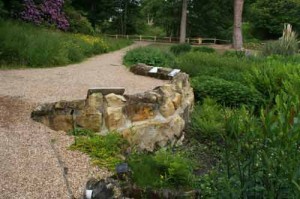Kevin McCleod on Channel 4 looked at three landscape projects in Castleford on TV last night. Martha Schwartz did worst. Tempted into describing herself as one of the ‘Two Queens of Landscape Architecture’, she forced a celebrity design for a park amphitheater down the reluctant throats of a mining community in the North of England. There was a community ‘consultation’ exercise in which she was told they did not want it. So English Partnerships paid the £1m project cost. It was built. The community do not like it and do not use it. Sic transit gloria mundis.
Parklife, a London landscape firm, also did a community ‘consultation’, and then provided the adventure playground which was requested. Very sensible. It cost £200,000. But the landscape architects refused to provide a fence and so the vandals are pulling the park to pieces and ripping out the plants, night after night. Very stupid. Sic transit gloria hortus.
A local community leader said the first step in making a public open space was to build a high fence. She did this and then forced the designers to make what is now called the Cutsyke Play Forest. It is popular and remains in excellent condition. Very sensible. I congratulate her. See our essay on Parks and boundless space for a discussion of the role of boundaries in the planning and design of public open space.






